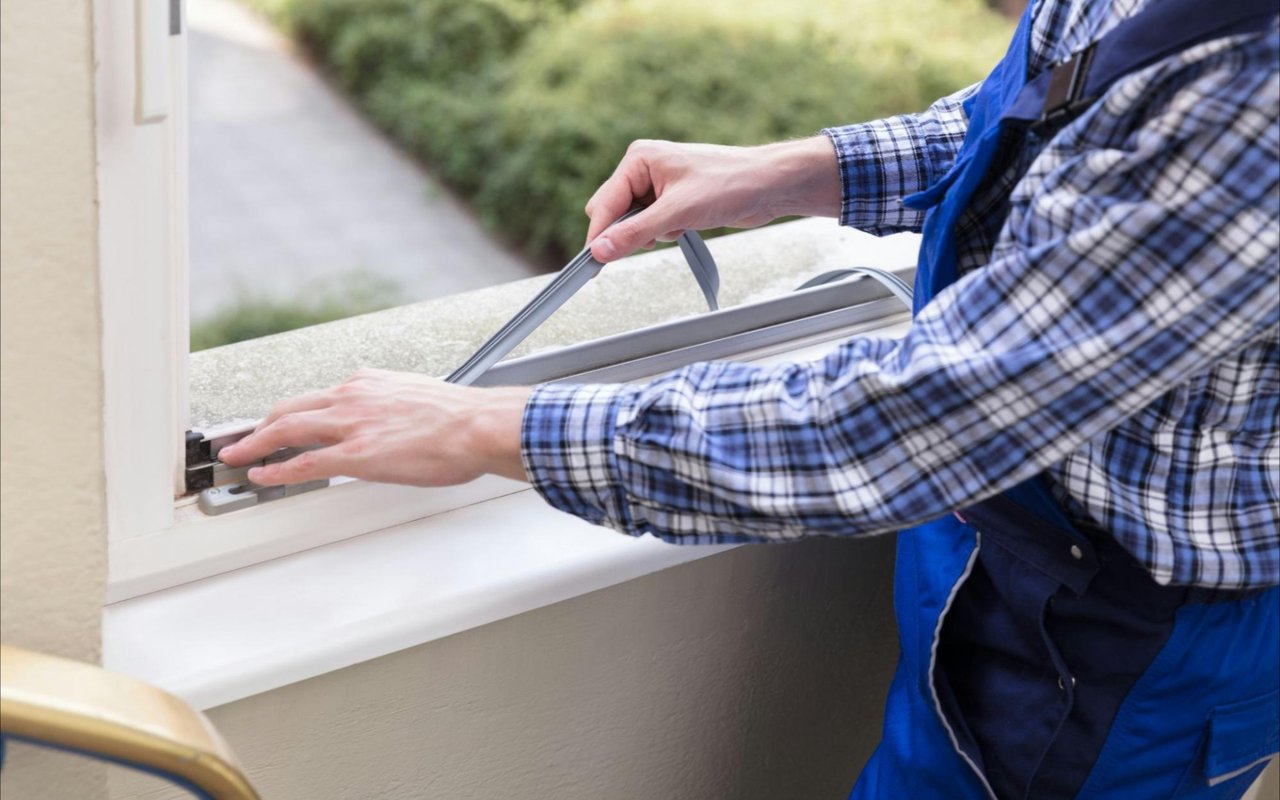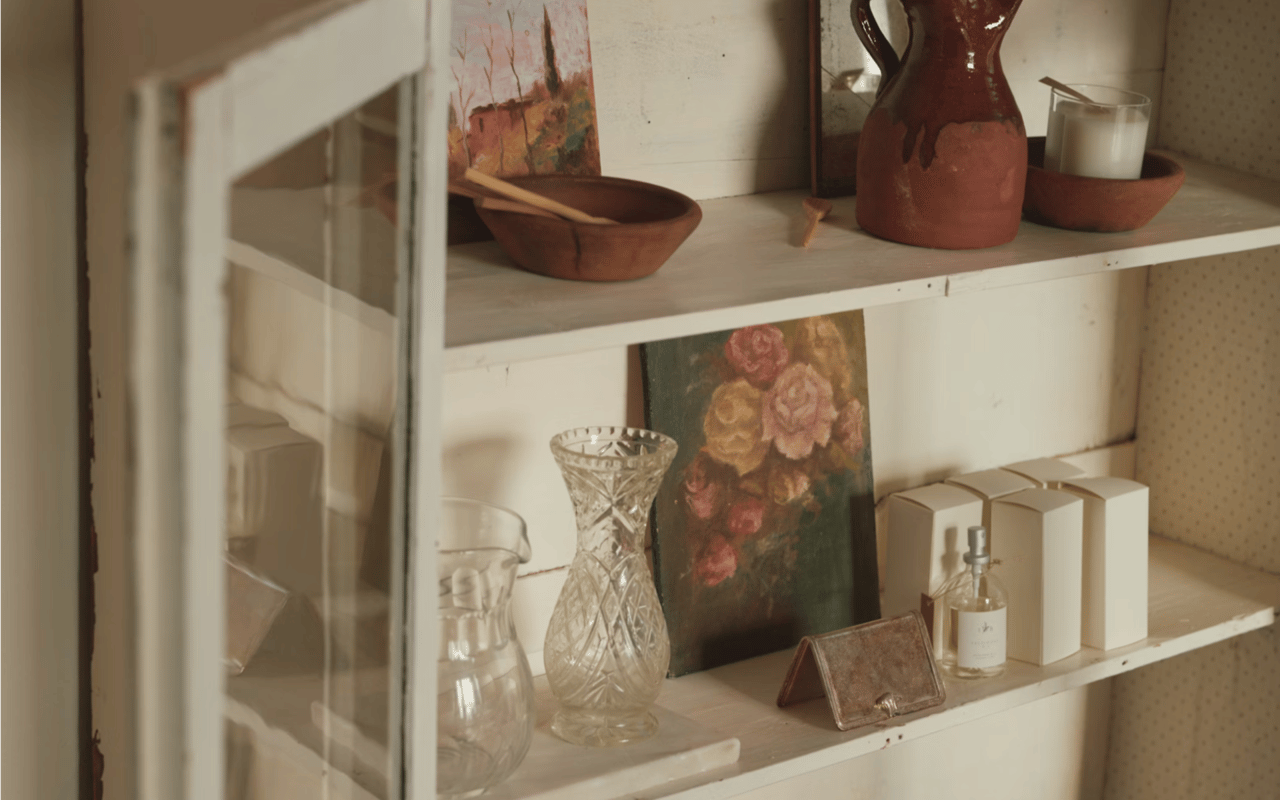Owning a beautiful home in Boulder means that your property lives at altitude and must withstand four intense seasons. Strong UV rays, day–night temperature swings, spring snow, summer hail, and the ever-present freeze–thaw cycle all team up to wear down roofs, paint, caulking, and concrete. If you want to protect your equity, you need a solid maintenance plan.
This guide will show you how to prioritize tasks that actually move the needle on value, when to schedule professional inspections, and how to keep your home efficient and comfortable.
Why Proactive Maintenance Protects Your Equity In Boulder
Deferred maintenance can lead to extensive repair costs. UV breaks down roofing and exterior coatings more quickly. Ice works its way into hairline cracks in concrete and expands, turning tiny problems into trip hazards or structural repairs. Proactive upkeep stops that domino effect early, saving you money, time, and headaches.
Buyers in Boulder often ask pointed questions about roofs, windows, drainage, and radon mitigation. When you can hand over a clean set of records that shows annual roof inspections, radon retesting, regular HVAC servicing, and consistent exterior care, you can reduce buyer uncertainty, strengthen your negotiating position, and shorten your time spent on the market.
Buyers in Boulder often ask pointed questions about roofs, windows, drainage, and radon mitigation. When you can hand over a clean set of records that shows annual roof inspections, radon retesting, regular HVAC servicing, and consistent exterior care, you can reduce buyer uncertainty, strengthen your negotiating position, and shorten your time spent on the market.
Monthly Quick Wins You Should Never Skip
Set a recurring monthly reminder to walk your home with a notepad. Look for new stains on the ceilings, peeling or bubbling paint, cracks that appear larger, and areas where caulk has separated. These visual checks take 15 minutes and catch water and air leaks early.
Change or clean your HVAC filters every 30 to 60 days, depending on usage, pets, and local air quality conditions. Dirty filters strain your system, elevate your utility bills, and shorten equipment lifespan. While you are at it, test GFCI and AFCI outlets with the built-in button to ensure they trip and reset properly. Quick assessments like these are low effort but high impact.
Change or clean your HVAC filters every 30 to 60 days, depending on usage, pets, and local air quality conditions. Dirty filters strain your system, elevate your utility bills, and shorten equipment lifespan. While you are at it, test GFCI and AFCI outlets with the built-in button to ensure they trip and reset properly. Quick assessments like these are low effort but high impact.
Seasonal Framework: What To Handle Each Quarter
Seasonal organization keeps you focused and your home in great shape. Boulder’s wondrous climate gives you four natural checkpoints to align with the work your home needs.
Spring is for melting snow, early runoff, and roof assessments. Summer focuses on UV exposure, hail readiness, and irrigation efficiency. Fall is about winterization, drainage, and heating performance. Winter puts attention on freeze prevention, ice dam control, and ventilation.
Spread the cost of big-ticket tasks across the year. Instead of replacing multiple systems at once, map a three-to-five-year plan for major components like roofing, exterior paint, windows, and HVAC equipment. This way, you can protect your cash flow and reduce surprise emergencies.
Spring is for melting snow, early runoff, and roof assessments. Summer focuses on UV exposure, hail readiness, and irrigation efficiency. Fall is about winterization, drainage, and heating performance. Winter puts attention on freeze prevention, ice dam control, and ventilation.
Spread the cost of big-ticket tasks across the year. Instead of replacing multiple systems at once, map a three-to-five-year plan for major components like roofing, exterior paint, windows, and HVAC equipment. This way, you can protect your cash flow and reduce surprise emergencies.
Spring: Drainage, Roofs, Radon, And Runoff
As snow melts and spring storms roll in, ensure that water leaves your property quickly and predictably. Clean the gutters and downspouts, extend downspout leaders at least five to six feet away from the foundation, and confirm positive grading around the house. Recaulk where siding meets trim to keep moisture from seeping behind your exterior envelope.
Schedule a roof inspection, especially if you had hail last season. Asphalt shingles, metal panels, and flat roofing membranes can all take damage that is not obvious from the ground. If your home has a radon mitigation system, retest every two years or after significant renovations.
Schedule a roof inspection, especially if you had hail last season. Asphalt shingles, metal panels, and flat roofing membranes can all take damage that is not obvious from the ground. If your home has a radon mitigation system, retest every two years or after significant renovations.
Summer: UV, Irrigation, Decks, And Exterior Finishes
Colorado’s sun is powerful, and exterior finishes degrade faster at altitude. Inspect paint, stain, and sealants on siding, trim, and decks. Recoat any exposed wood before it dries out, splits, or starts wicking water. Check for nail pops and flashing gaps at windows and doors. Reseal window perimeters with high-quality, paintable, elastomeric caulk for long-term flexibility.
Run your irrigation system zone by zone. Replace clogged or misaligned heads, fix any leaks, and set a schedule that matches your landscape’s drought tolerance. If you use an evaporative cooler, clean and service it now so that it does not push mineral deposits into the ducts or operate inefficiently during the hottest weeks.
Run your irrigation system zone by zone. Replace clogged or misaligned heads, fix any leaks, and set a schedule that matches your landscape’s drought tolerance. If you use an evaporative cooler, clean and service it now so that it does not push mineral deposits into the ducts or operate inefficiently during the hottest weeks.
Fall: Winterization, Insulation, And Heating Performance
Before the first hard freeze, blow out and winterize your sprinkler system. Insulate exposed hose bibs and foundation penetrations. Clean the gutters again to prevent ice dams that can back up under shingles and saturate roof decks. Verify attic insulation levels and air sealing at access hatches.
Book your HVAC contractor for a complete heating tune-up, not just a filter change. Ask them to check combustion efficiency, heat exchanger integrity, electrical connections, and carbon monoxide levels. If you have a fireplace or stove, schedule a chimney sweep to remove creosote and confirm proper drafting.
Book your HVAC contractor for a complete heating tune-up, not just a filter change. Ask them to check combustion efficiency, heat exchanger integrity, electrical connections, and carbon monoxide levels. If you have a fireplace or stove, schedule a chimney sweep to remove creosote and confirm proper drafting.
Winter: Moisture Control, Ice Prevention, And Ventilation
During winter, watch for condensation on windows, new cracks in the drywall, and ice forming along roof edges. These are signs of humidity issues, inadequate insulation, or air leaks. Use bath and kitchen fans consistently, and consider a heat recovery ventilator if your home accumulates moisture.
Keep pathways, decks, and stairs clear of packed snow. Repeated freeze–thaw cycles can spall concrete, warp decking, and destabilize railings. Inspect for icicles that indicate heat loss into the attic. Address the underlying energy leak rather than just knocking the ice down.
Keep pathways, decks, and stairs clear of packed snow. Repeated freeze–thaw cycles can spall concrete, warp decking, and destabilize railings. Inspect for icicles that indicate heat loss into the attic. Address the underlying energy leak rather than just knocking the ice down.
Annual Professional Inspections That Pay For Themselves
Schedule a whole-home plumbing inspection to check water pressure, look for slow leaks, and flush your water heater to remove mineral buildup. If you have a tankless unit, descale it annually. High water pressure quietly destroys appliances, valves, and supply lines. Install or verify a pressure-reducing valve, and aim for 55 to 60 psi.
Bring in an electrical professional every few years to tighten panel lugs, evaluate load capacity if you are planning EV charging or solar, and confirm that older aluminum branch wiring, if present, is properly remediated. Have your foundation, grading, and drainage reviewed if you see new or widening cracks, sticking doors, or sloping floors. Early structural advice is always cheaper than late-stage structural repair.
Bring in an electrical professional every few years to tighten panel lugs, evaluate load capacity if you are planning EV charging or solar, and confirm that older aluminum branch wiring, if present, is properly remediated. Have your foundation, grading, and drainage reviewed if you see new or widening cracks, sticking doors, or sloping floors. Early structural advice is always cheaper than late-stage structural repair.
Exterior, Roofing, And Windows: Boulder’s Heavy Lifters
Your exterior shell takes the brunt of Boulder’s weather. Inspect siding annually for swelling, cracking, or gaps where pests and moisture can enter. Repaint or restain before coatings fail entirely. You will spend less, and you will avoid the prep work of stripping peeling finishes.
Roofs deserve predictable attention. Asphalt shingles typically last 15 to 30 years in Colorado, but hail resets that clock. Metal and tile last longer, but their fasteners, flashings, and underlayments still age. Windows fail at seals first. Fogging between panes signals a broken thermal seal that undermines energy performance. Replace selectively or plan a phased window project to keep costs controlled.
Roofs deserve predictable attention. Asphalt shingles typically last 15 to 30 years in Colorado, but hail resets that clock. Metal and tile last longer, but their fasteners, flashings, and underlayments still age. Windows fail at seals first. Fogging between panes signals a broken thermal seal that undermines energy performance. Replace selectively or plan a phased window project to keep costs controlled.
Make Maintenance A Habit, Not An Event
Your Boulder home rewards consistency. When you follow a structured, seasonal plan, document your work, and invest in professional inspections as needed, you protect your comfort today and your property value tomorrow. You will feel more confident in your home’s performance, and you will be ready to impress buyers when the time comes to move.
And, if you’re prepared to begin your Boulder real estate journey, let Kim Hullett lead the way forward. Reach out today.
And, if you’re prepared to begin your Boulder real estate journey, let Kim Hullett lead the way forward. Reach out today.






